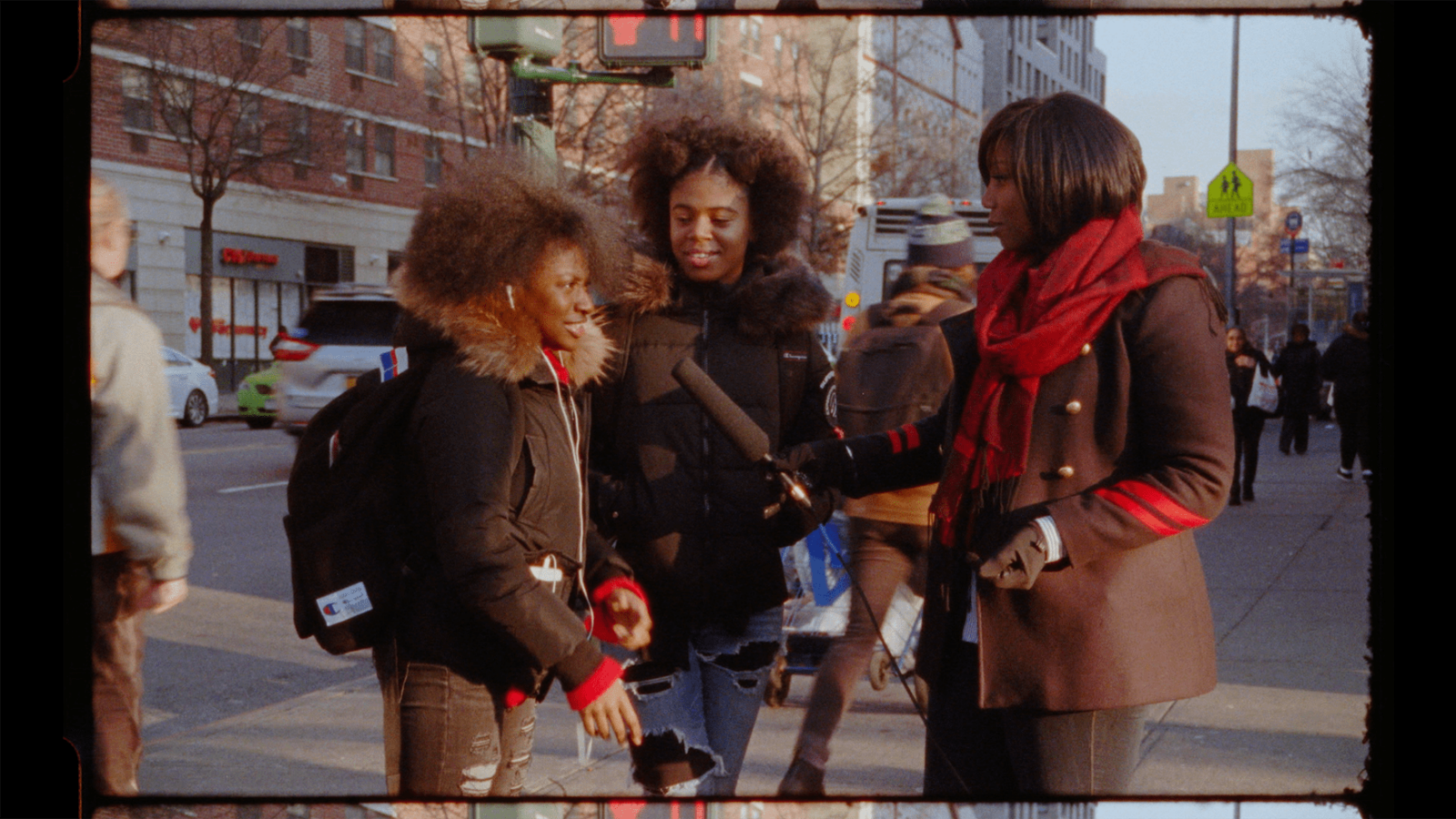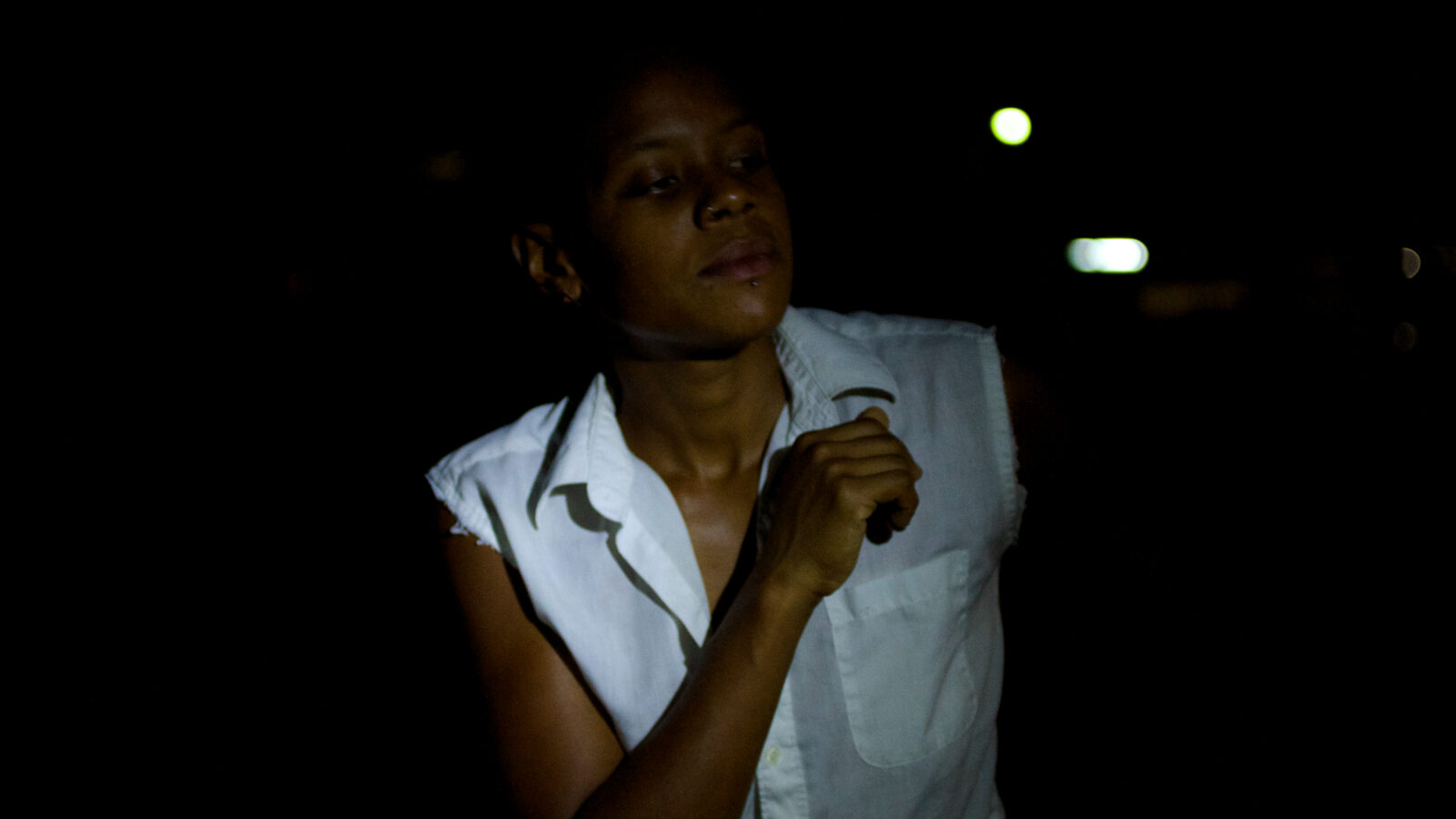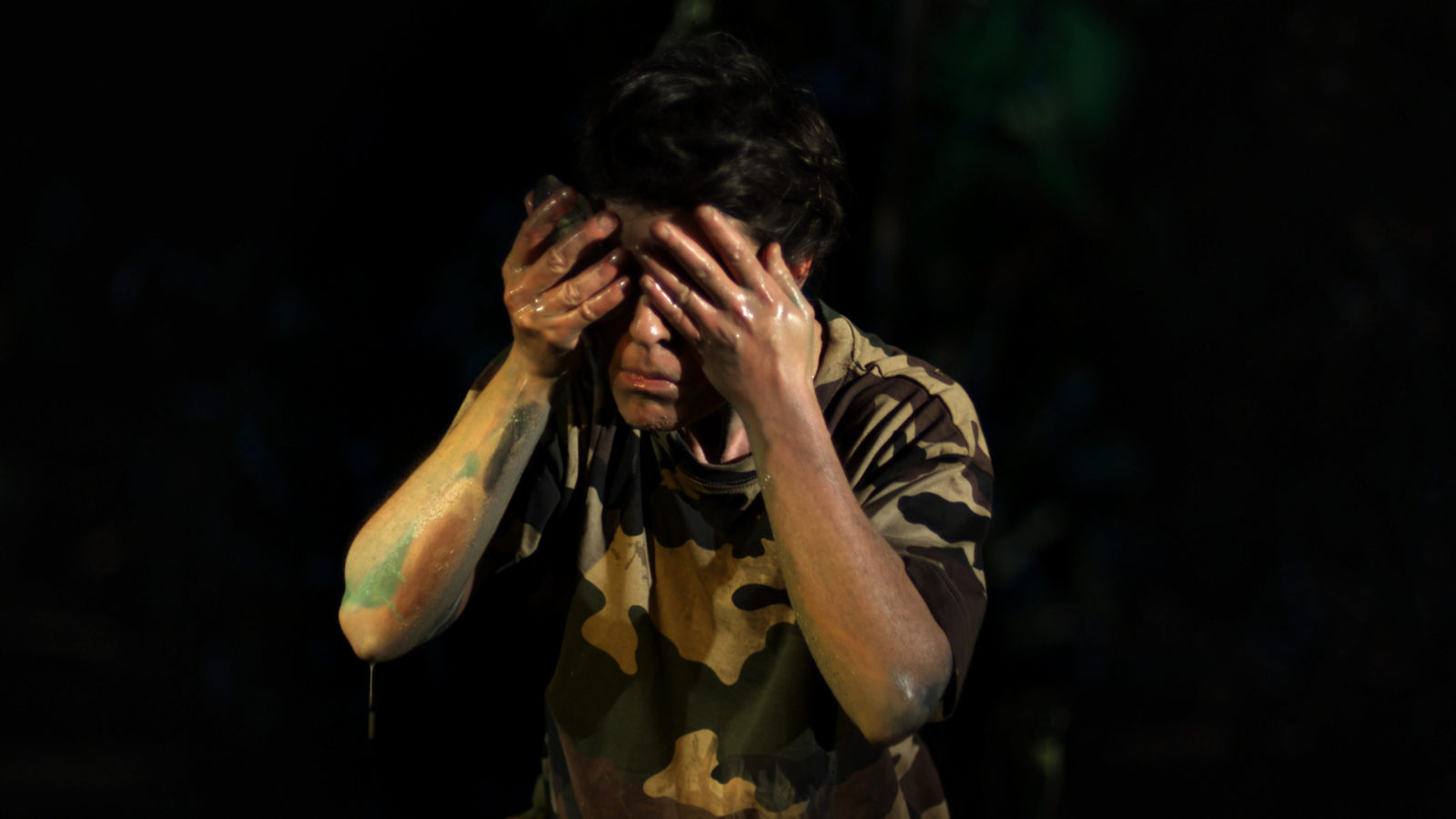Program 1: Acts of Refusal I
The films in this program revolt against the assignation to prescribed identities that’s been replicated throughout centuries by foreign eyes (belonging to colonizers, anthropologists, artists, tourists, politicians, and so on). As seen here, taking back the authorship of these images constitutes an act of refusal toward being represented (both in iconographic and political terms) and consequently alienated by others. Evoking the face-to-face encounters so recurrent in historical ethnographic films, these works are a testament to a lasting and still ongoing anti-colonial resistance. Through elements like makeup, costumes, reenactments, staged political speeches, and other détournements, they aim to reclaim accessibility and agency for a cinema of one’s own, giving form to incisive manifestos and statements of resistance and struggle.
Cowboy and “Indian” Film
Raphael Montañez Ortiz, USA, 1957-58, 2m
Drawing on his Puerto Rican, Portuguese, and Native American heritage, Montañez Ortiz’s influential work stages destruction as an alchemical process. Originating from the shaman-like act of chopping up Anthony Mann’s 1950 western Winchester ’73 with a tomahawk, Cowboy and “Indian” Film constitutes an exhilarating manifesto against cinematic alienation. From the Raphael Montañez Ortiz Papers, #200. Courtesy of the Artist, LABOR, Mexico City and the Chicano Studies Research Center, University of California, Los Angeles.
Free, White, and 21
Howardena Pindell, USA, 1980, 12m
Artist and curator Howardena Pindell’s essential video merges a poignant coming-of-age account, a memory of survival, and a reflection on creativity in a racist and sexist cultural field. A manifesto against discrimination in everyday life that remains painfully topical.
Journey to a land otherwise known
Laura Huertas Millán, France, 2011, 23m
A surrealist ethnography of the so-called New World, Journey to a land otherwise known interweaves the words of European travelers during America’s colonization with lush recordings of a tropical greenhouse in France. Part of a series exploring exoticism, and haunted by masked figures, the film evokes Latin-American tropicalist movements.
Speech at the Constituent Assembly, Brasilia
Ailton Krenak, Brazil, 1987, 4m
This video depicts an iconic moment in Latin American history, in which activist Ailton Krenak covered his face with black jenipapo paint at the National Constituent Assembly, in defense of the constitutional amendment for the Union of Indigenous Nations. Beyond the content of the speech, this is a powerful performative act blurring the lines between aesthetics and politics.
La cabeza mató a todos
Beatriz Santiago Muñoz, Puerto Rico, 2014, 8m
Activist and botanist Mapenzi Chibale Nonó casts a magic spell to destroy military industries. Introduced by a clairvoyant cat, the film achieves a feverish nocturnal dance, invoking the memory of anti-colonial Caribbean resistance.
The Giverny Document
Ja’Tovia Gary, USA/France, 2019, 40m
Built upon “acts of refusal” (multidisciplinary artist Gary’s formulation), and intertwining recorded and found material centered on Black women’s experience and representation, The Giverny Document explicitly addresses trauma while avoiding literal exposition.









